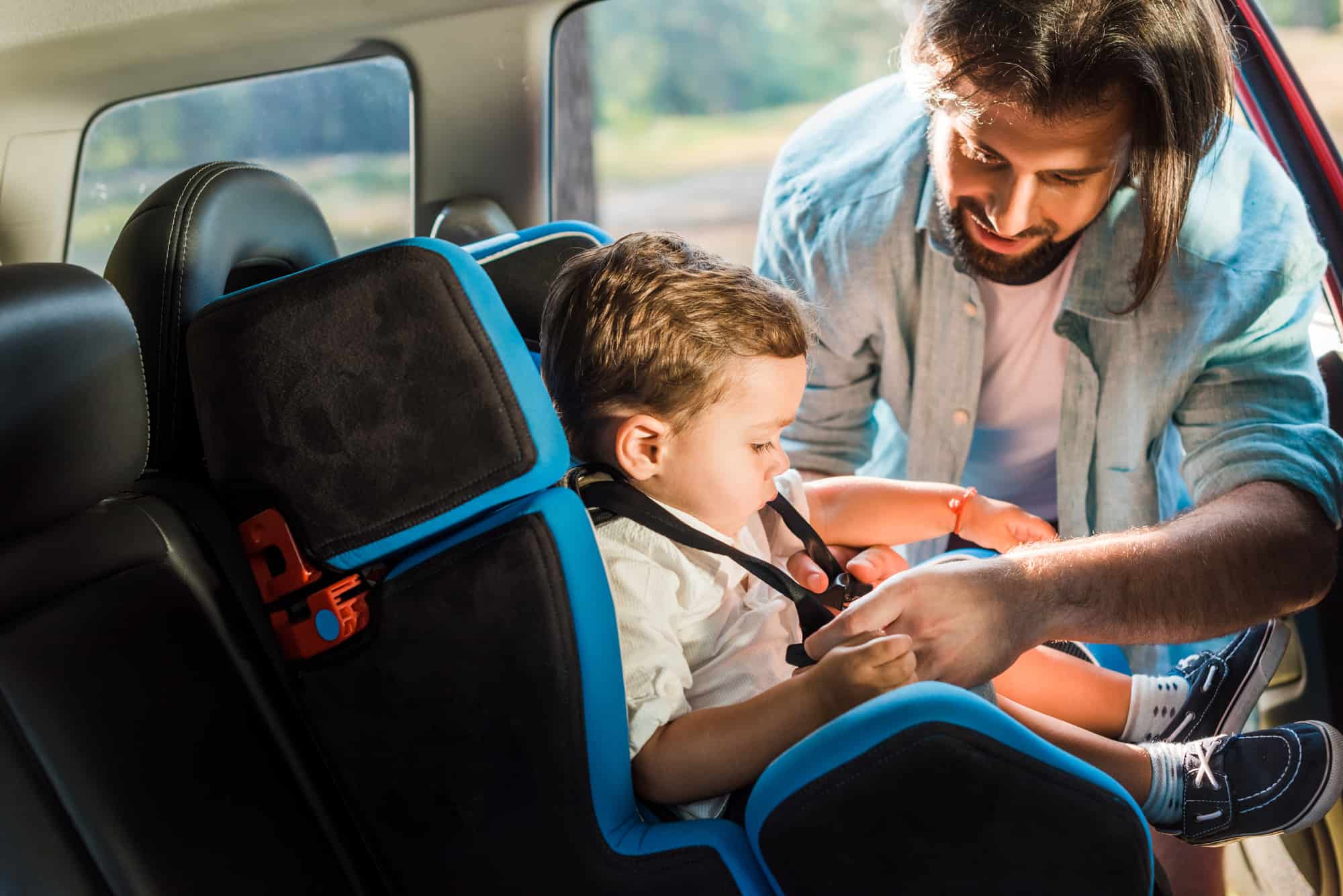5 Safe Teen Driving Tips
Driving is a privilege, not a right, and it is a privilege that is enjoyed by many individuals, including teenagers. Driving is one of the first major responsibilities with the largest sense of freedom allowed to a teenager. No longer do you need to wait for a parent or older sibling to pick you up or take you somewhere. No more school buses or walking; the world is yours.
However, a lack of driving experience can pose a large threat to teenage drivers. It is important to remember and follow all of the safety rules and driving laws. They are not recommendations and they will likely save your life.
Did you know that car crashes kill more American teenagers than any other cause of death, and teens have the highest crash fatality rate compared to any other age group? According to the Centers for Disease Control and Prevention, in 2015, there were 2,333 teen fatalities in motor vehicle accidents. Teen deaths have also been on the rise, increasing significantly every year. In 2016, there were 2,820 teen fatalities from a car crash. The statistics a greatly stacked against teenage drivers so it is important for teenagers to drive safely – and for parents to encourage safe driving habits.
- Wear a Seat belt. Most teen fatalities could have been avoided if the individual was wearing a seat belt. You may not think you are traveling very fast, you may not even be speeding; however, hitting something at 30 miles per hour is the equivalent of falling from the third floor of a building.
- Put the Phone Down. Around 80% of all accidents are caused by distracted driving, and for most people, its their phones, not their radios or passengers, that are the distraction. In a poll conducted among teens, 56% of them say they talk on the phone while driving and 34% of 16- and 17-year old’s admit to having texted while driving. Your risk for a car accident increases four times when you pick up your cell phone to read or send a text, check social media, or make a call. Your reaction time is also affected. A distracted driver has the reaction time of a 70-year old.
- Don’t Speed or Follow Too Closely. Every mile you are over the speed limit, the higher risk you are for getting into a car accident. A study from 2000 revealed that the average driver 2.3 seconds to realized they need to hit the brakes. Going 55 miles per hour on dry pavement takes about 4.5 seconds. Taking into account your reaction time, it takes over 6 seconds for you to come to a complete stop.
- Don’t Drink and Drive. According to MADD, about 25% of all fatal teen car crashes involved underage drinking and driving. Not only does drinking and driving increase your risk for a fatal car accident, it also leads you to making other major mistakes like not wearing a seat belt or speeding – both factors that also contribute to fatality levels.
- Be Extra Careful at Night. Over 40% of fatal teen car accidents occur between 9 pm and 6 am. The darkness at night greatly affects driver reaction time and visibility of yourself and other vehicles or obstacles.
Review

